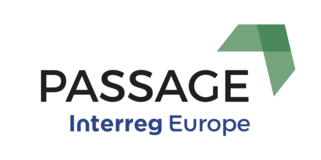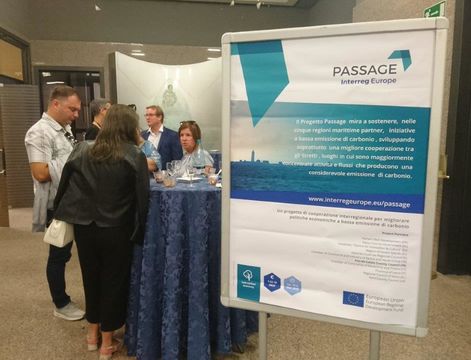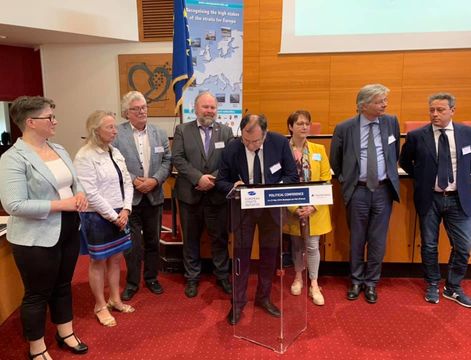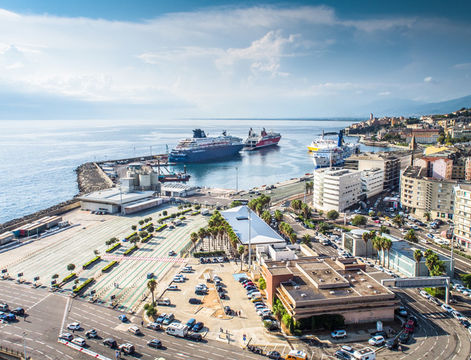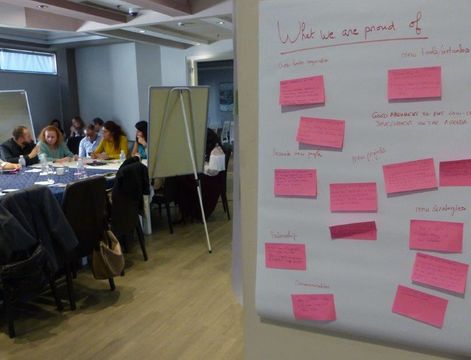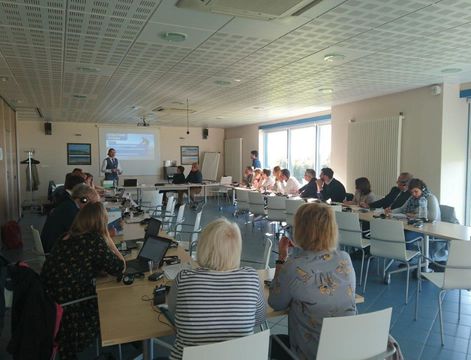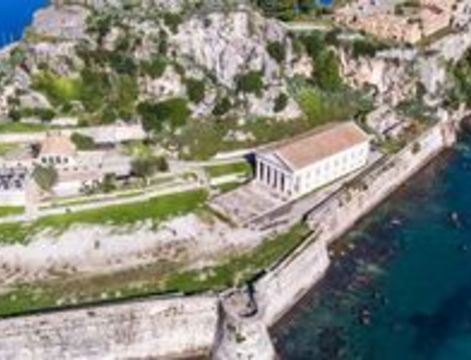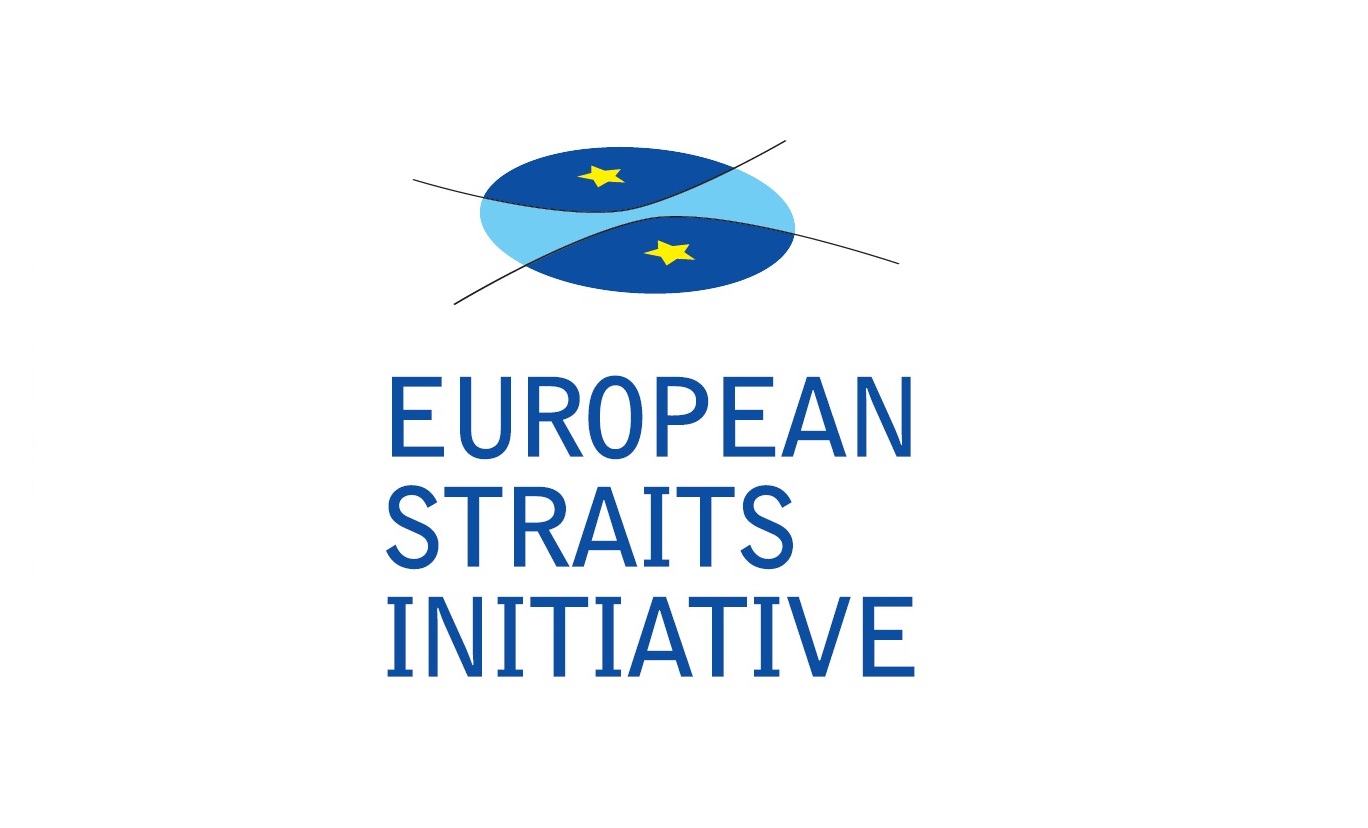Interview of Francescalberto De Bari, Livorno Port Authority (Italy)
Livorno Port Authority's use of alternative fuels in port infrastructure was selected as a PASSAGE best practice for low-carbon transport in maritime border regions. Can you tell us more?
Livorno Port Authority is very pleased with PASSAGE partners' attention for our approach to alternative fuels, in particular LNG. Our idea is very simple: we believe the maritime area between Northern Tyrrhenian and Ligurian sea has the right features to become the first Mediterranean complete LNG distribution network. I guess the interest of PASSAGE partners is due to the geographic dimension of our low-carbon approach; our experience is related to a typical cross-border European region like INTERREG VA France-Italy (Maritime) cooperation area.
Can you explain the main achievements, how it contributes to decrease CO2 emissions?
LNG can give major contribution to reduce carbon emission from maritime transport. On one hand, ships are always much more environment-friendly than other transport modes. On the other hand, there is still a problem with CO2 emissions (and other pollutants such as sulphur), in particular when ships are inside a port. Almost all ports in the Mediterranean Sea are completely surrounded by cities, with residential areas just on the waterfront. Sometimes answer is delocalisation, de-concentration of certain port activities outside the ancient “port city”, and waterfront revitalisation. But very often there is no room for such interventions or it's not economically sustainable. LNG can answer this problem, also in the short-run.
Use of alternative fuels must be a challenge for a port like Livorno (30 million tons of cargo each year). What are the main issues?
Main interventions are related to LNG storage facilities. A European core seaport like Livorno needs to offer all the relevant facilities in the context of maritime transport: LNG fuelling will soon be a standard asset of every international seaport.
The Coordinator of the European Scandinavian Mediterranean Corridor already lists Livorno among the EU core ports that will have LNG storage and refuelling facilities: this is very important to attract EU grants and public-private investments. Livorno Port Authority is also an implementing body of the Italian Ministry of Transport in the GAINN Global Project, co-funded by Connecting Europe facility.
LNG is an alternative fuel not only for maritime freight transportation, but also for passengers, ferry and cruise ships. In a cross-border perspective, passengers are a major element.
Why is it a success? What can still be improved?
There is a lot to do about regulation of LNG related activities. Use of LNG as alternative fuel is an opportunity not only for maritime transport (off-shore) but also for in-port activities, e.g. terminal operations. A seaport like Livorno has the chance to be a hub for LNG as alternative fuel for road transport, industrial use and public utilities where gas distribution networks do not exist, e.g in Sardinia. “Iso-Tank container” is now an efficient and safe way to transport this fuel from the port to the hinterland, also by intermodal transport. Livorno could become the pivot or “gateway” of LNG for central and northern Italy and central Europe; but to reach that goal we need to set up a LNG intermodal distribution facility.
We also have to improve a lot the overall awareness about LNG, both at societal level, with public consultations, and at port community level, with specific actions for training. To do so, Livorno is building a complete, distributed, facility network for training in LNG sector, as required also in the Italian draft law (decree-scheme) implementing Directive 2014/94/EU.
Could a similar approach to alternative fuels be implemented in other ports?
A port is a complex infrastructure, result of number of activities; every port has its own features. It's very important to plan LNG within a wider framework; there is no need to have every kind of LNG facilities in every port.
France-Italy (Maritime) cooperation area is an example of complementarity of geographically distributed elements:
- an off-shore terminal, built for regasification (national gas network), that also has capability to transfer LNG into mini LNG carriers
- a “small-scale” storage facility in Livorno (core network), with opportunity to activate intermodal services for LNG iso-containers
- therefore, no need to have LNG storage facilities in other “comprehensive” ports of the area, such as in Corsica
- storage facilities in Sardinia, as a tool to give an answer to the lack of a gas distribution network in the island… and many other elements with a number of positive interactions.
Cooperation in planning, in defining service standards, in programming investments: this is the major challenge for ports, especially in cross-border regions. LNG could be a testbed for this kind of new approach in port cooperation.
